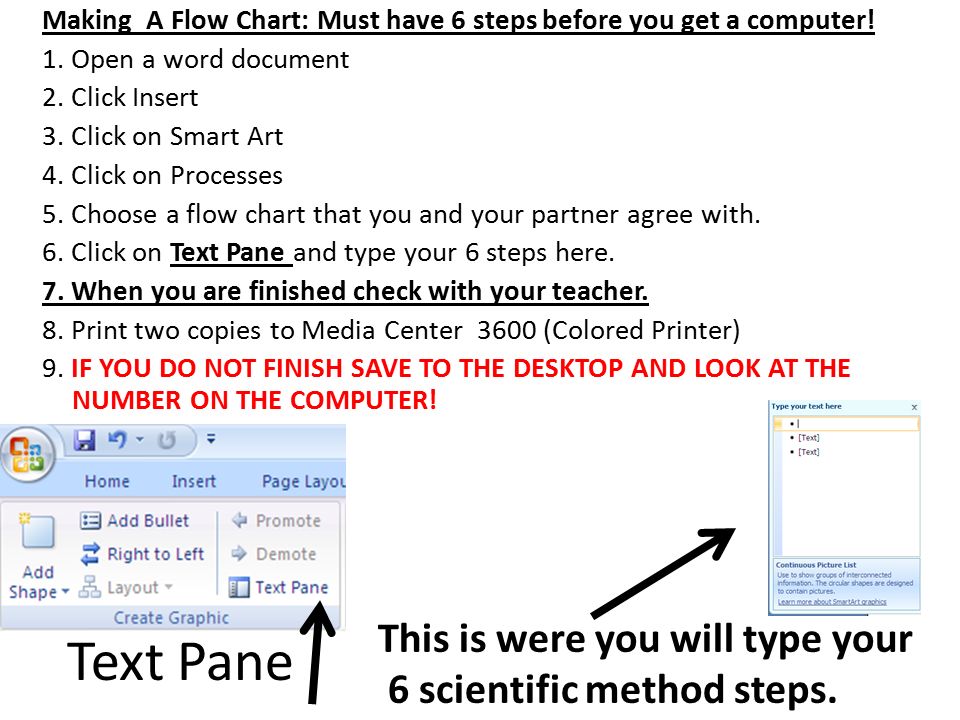


What are bullet points?īullet points are used to list out items in your content. We’re telling you to keep your copy readable. We’re not telling you to keep your copy short.
SCIENTIFIC WORKPLACE 6 ADD BULLETS HOW TO
You’d better know how to write bullet points that grab (and keep) attention.You’d better know how to write magnetic headlines.What does this mean for writers trying to cut through it all with attention grabbing techniques ? At least two things that I can think of: Limited Analysts have read-only access to exclusion rules.There are countless reasons why you’ll want to learn how to write bullet points.īlog posts, tweets, and tens of thousands of images pinned to digital boards are flying past us faster than we can read them.įaster than we can even scan them, depending on the time of day. Analysts can create and customize meeting and attendee exclusion rules that exclude meetings or attendees from analysis, such as appointments that are unrelated to work. In Analyst settings, Admins can configure system defaults, privacy settings, and default exclusion rules for meetings and attendees.
SCIENTIFIC WORKPLACE 6 ADD BULLETS FULL
Owners – Viva Insights and Workplace Analytics Admins have full access to these settings and Analysts have full access and limited Analysts have read-only access to the exclusion settings For details, see Leader & manager settings.

In Leader & manager settings, Admins can configure the system defaults, privacy settings, and manager settings. Owner – Viva Insights and Workplace Analytics Admins have full access to these settings For details, see CRM data in Workplace Analytics. CRM data - Customer relationship management data from Microsoft Dynamics or Salesforce, which typically includes customer account information, sales records, purchasing history, service history, customer requests, and product inquiries.For details on preparing this upload file, see Prepare organizational data. Organizational data - Contextual information about employees (such as, job title, level, location) from an HR or other information systems that admins upload as a data file into Workplace Analytics.In Upload, Admins can upload the following types of data files in. You can also see high-level CRM data if it is uploaded and processed in Workplace Analytics. You can view average weekly meeting and email activity and measured-employee characteristics to ensure sufficient data coverage. In Data sources, as an owner, you can see what Microsoft 365 collaboration data and organizational data was most recently uploaded into Workplace Analytics. Owners – Viva Insights and Workplace Analytics Admins, Analysts, and limited Analysts can view Data sources and only Admins can access Upload Controlsįor more details about roles, see Assign roles. Admins and Analysts can access and customize meeting and attendee exclusion rules that help ensure data accuracy.Īccess to one or more of the following Controls depends on what role you're assigned. Analyst settings - Admins can access and configure system defaults and privacy settings.Leader & manager settings – Only Admins have access and can set privacy settings and manager settings required to maintain minimum-group settings and to specify which managers and leaders get access to team insights in Microsoft Teams and in Workplace Analytics.And Admins have access to Upload in Organizational data and CRM data, so they can prepare and upload organizational and customer data. Data sources – Admins and Analysts use these to verify that Microsoft 365 and organizational data is correctly uploaded into Workplace Analytics.These control settings are required for viewing and using Microsoft Viva Insights in Workplace Analytics and in Microsoft Teams: Depending on the role you're assigned in Workplace Analytics, you can use the following to configure settings about your organization in the Controls section of Workplace Analytics.


 0 kommentar(er)
0 kommentar(er)
